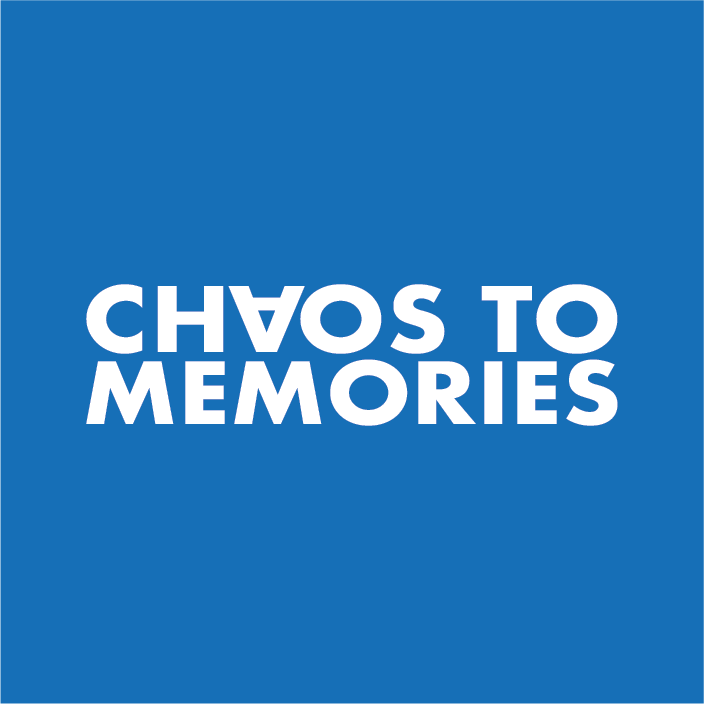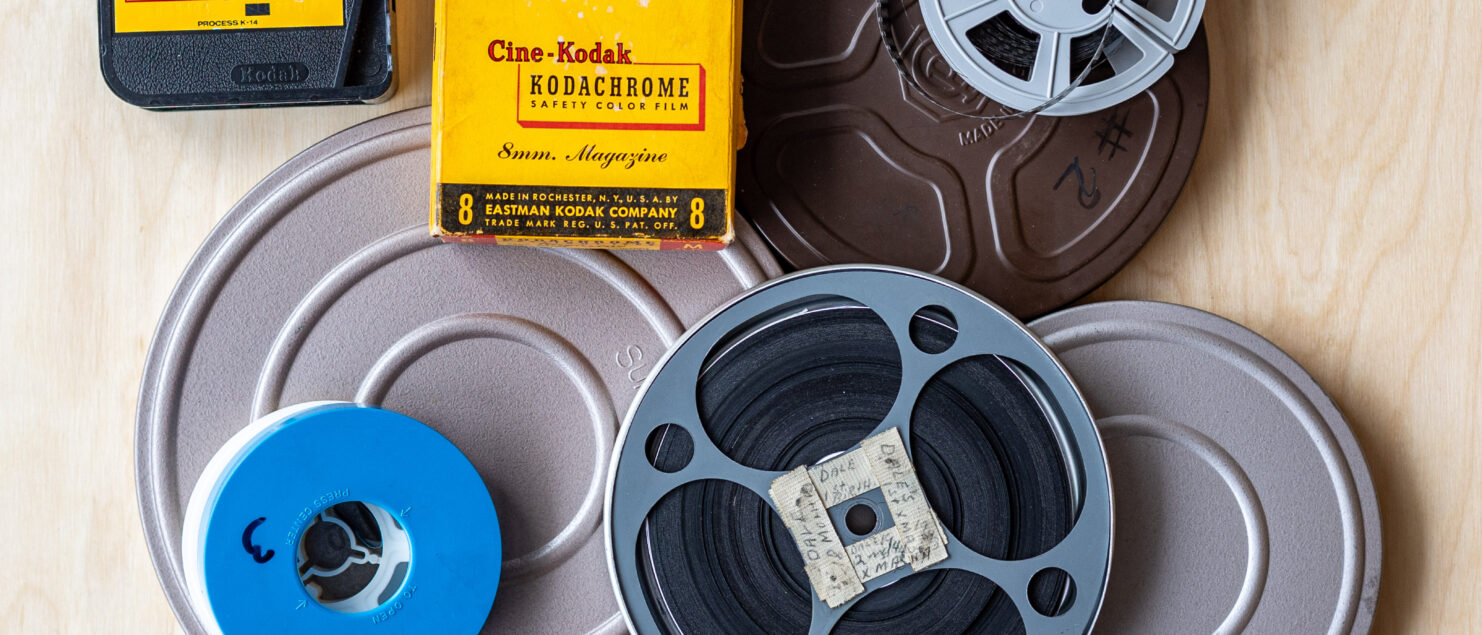How to Choose a Film Conversion Service
Today’s kids are growing up with their home movies on an iPhone, but if you’re old enough your home movies are on film reels in the 16mm, regular 8, and super 8 formats. Converting those film reels to digital is the best way to view them today and preserve them for the future. So what should you consider when choosing a film conversion service?
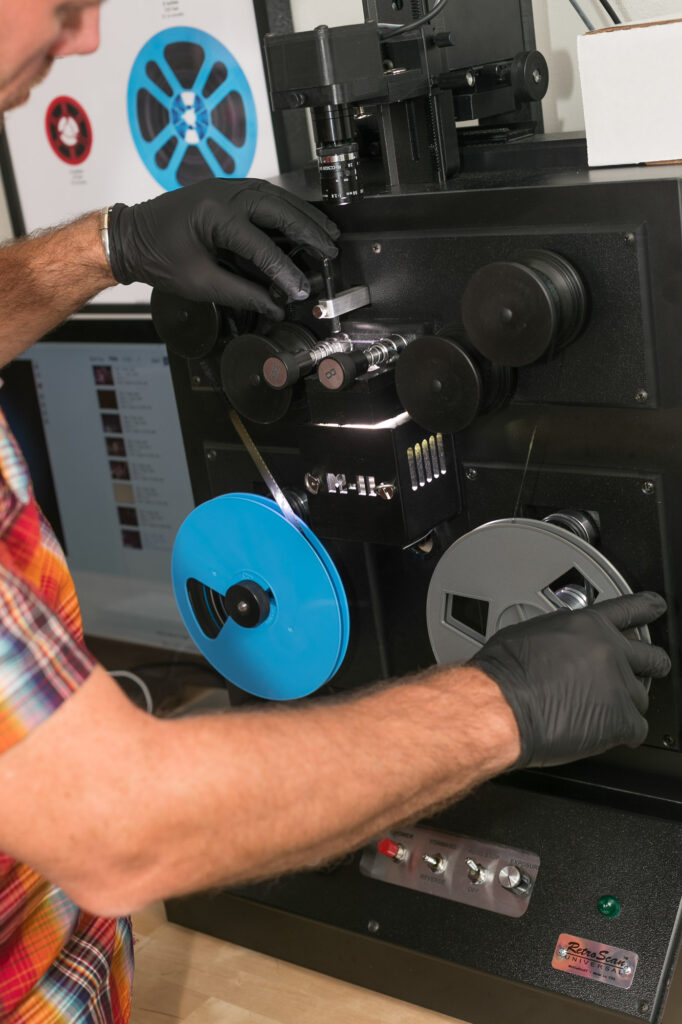
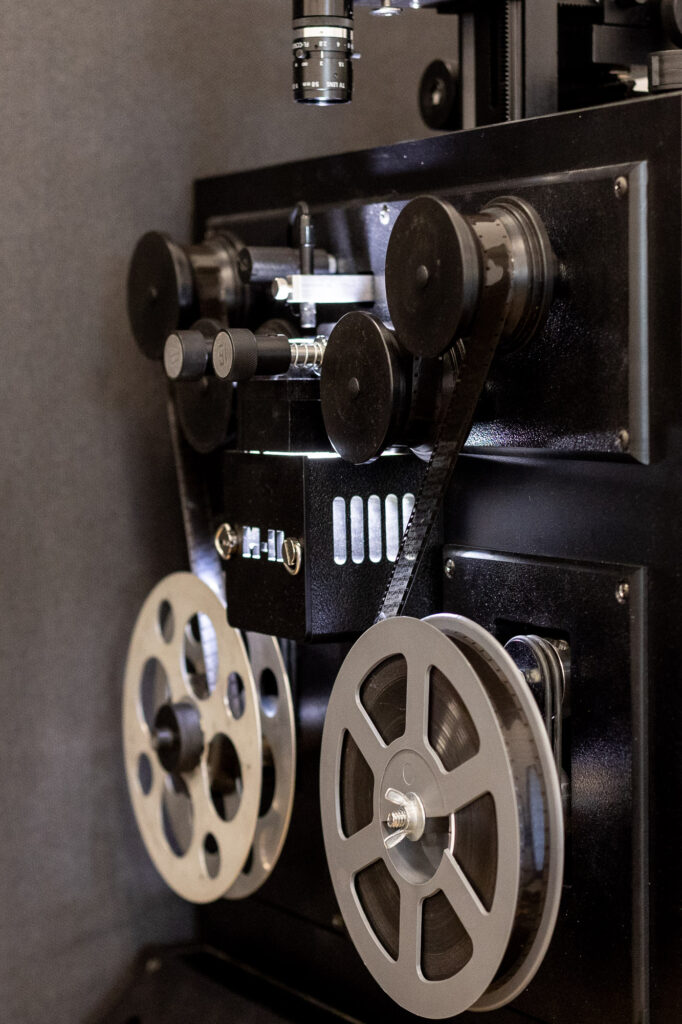

Twelve questions to ask as you consider your options for a film conversion service:
What formats are supported?
The most common formats of home movie film are 16mm (introduced in 1923), Regular 8 (introduced in 1932), and Super 8 (introduced in 1965), but there are many variations including color and black and white, silent and sound. There are also rare formats including Technicolor MagiCartridge and Polaroid Polavision. Start by confirming that the company you want to work with can convert the formats you have in your film collection. If you’re not sure what you have, we offer free assessments and estimates at Chaos to Memories.
Is the film cleaned before conversion?
Old film reels are often dusty, dirty, and moldy, so they should be cleaned and conditioned by hand to kill mold, remove dust, and ensure the best possible conversion.
How is damaged film handled?
Old film can be broken or have torn splices that should be repaired before conversion. If your film is brittle, cracking, or crumbles on contact then it might be too late to preserve it. An easy test you can try at home is to curl the film in the opposite direction of the reel it’s on. If you can make an S shape with the film it can probably be digitized, but if it cracks when you bend it then it’s probably too late. You can always bring your film to Chaos to Memories for a free assessment.
Is it a gentle process?
Movie film can be over 100 years old and very delicate, so it’s important that the conversion process be gentle and not scratch or damage the film. We use a very safe process that uses no sprockets, claws, pinch rollers, or pressure plates. The light source we use is a bright, cool LED lamp so there’s no risk of melting or burning your film. Our equipment uses a gentle tension roller system and the only thing touching your film during digitization is light and air.
What’s the capture resolution?
You want to get the highest possible quality out of our film without overpaying for ultra-high definition. We recommend converting film reels at high definition, or 1440×1080. For Super 8 film that’s an effective resolution of over 6800 PPI.
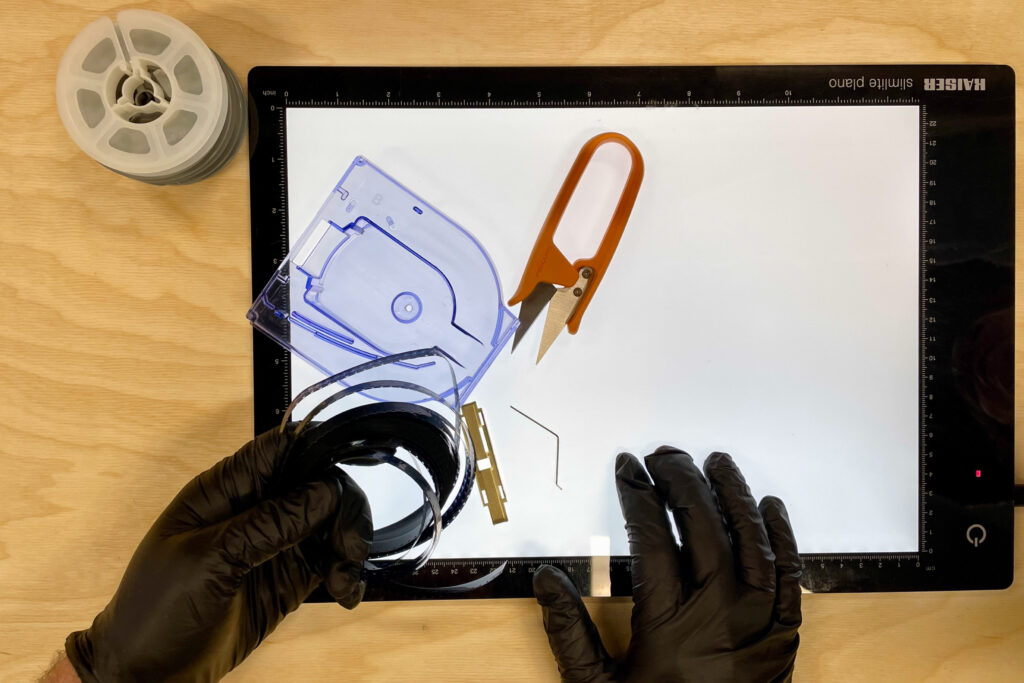
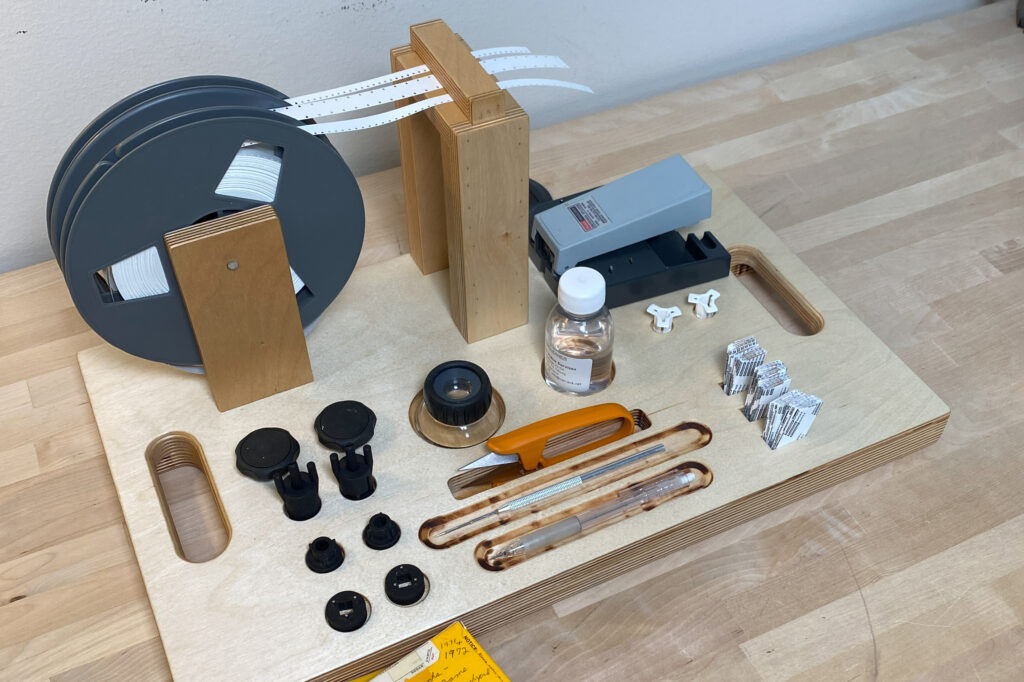
Do they do any digital post-processing?
After we digitize film we use specialized software to remove dust and scratches from the digital files. It won’t be perfect, but it does improve the final digital files.
Do they combine reels or keep them separate?
Many film conversion companies combine reels because it makes the project faster and easier. However, at Chaos to Memories we keep every reel separate instead of combining them because it makes it easier to track the project and improves the viewing experience.
What file formats are delivered?
There are countless digital video formats, but we deliver film conversion projects as MP4 digital video files with H.264 encoding. You might not understand the technical terms, but it’s the same universal digital video format behind popular services including Netflix and YouTube. What matters is that the files work on any kind of computer or smart phone and they’re easy to view, share, and edit. If you have a special project that requires something different, make sure your conversion company can support you.
How are converted files named?
Most transfer companies name converted videos something like Reel_01, Reel_02, Reel_03, etc. Those filenames are useless today and future generations might not even understand what a video tape was. Instead, we recommend naming each converted reel with the date and subject of the film. For example, using clues we find on the reels and boxes, we would rename a film from Christmas 1965 as 1965-12-25_Christmas.mp4. These important extra details are included in our standard conversion service and there’s no extra cost.
How are converted files dated?
If you convert a film reel from 1964 in 2024, the date of the digital file will be 2024. You might understand why this date is off by so many decades, but for future generations this will be very confusing. At Chaos to Memories, we’ve developed a special process that changes the digital capture date of every converted video file to the date it was originally captured. This level of detail is unmatched in the industry, is included in our standard film conversion service, and doesn’t cost you anything extra.
How are projects delivered?
I worked in the CD and DVD industry for years, and if somebody offers to convert your home movies to DVD I suggest you walk away immediately. Most people don’t realize it, but DVDs are one of the worst ways to store your home movies. They’re slow to use, hard to backup, small in capacity, easy to damage, and prone to decay. On top of that, DVD players are becoming as rare as VCRs. We deliver film conversion projects on USB thumb drives (or external hard drives for really large projects) so the videos are easy to access, share, and backup.
Do I get my originals back?
We think it’s important for you to decide what to do with your original film reels, so we return all your original media cleaned, rewound, and labeled.
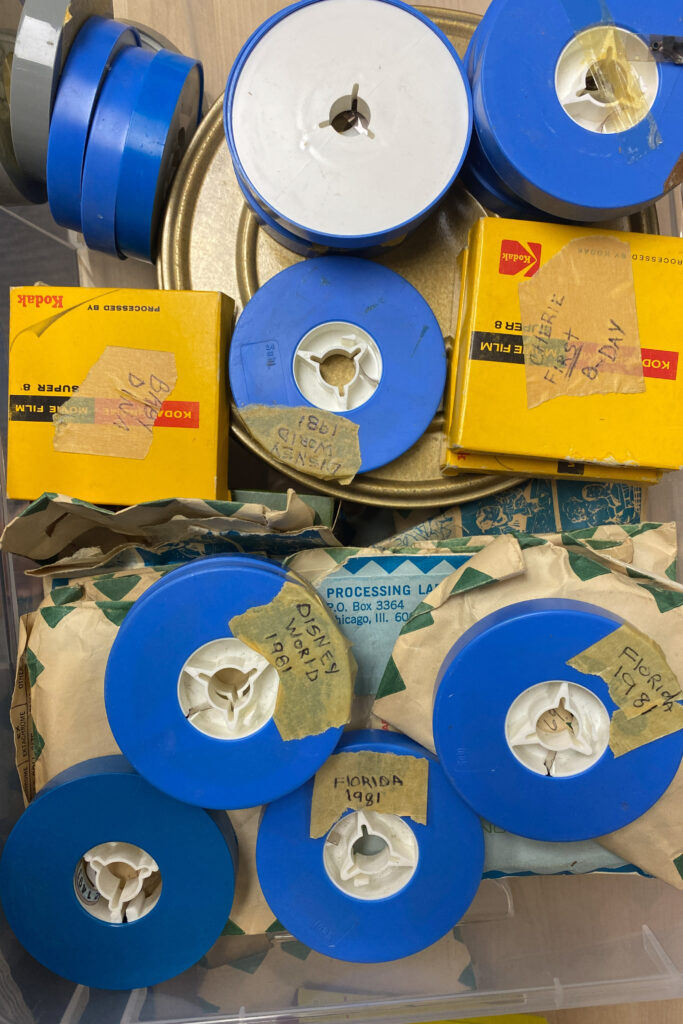
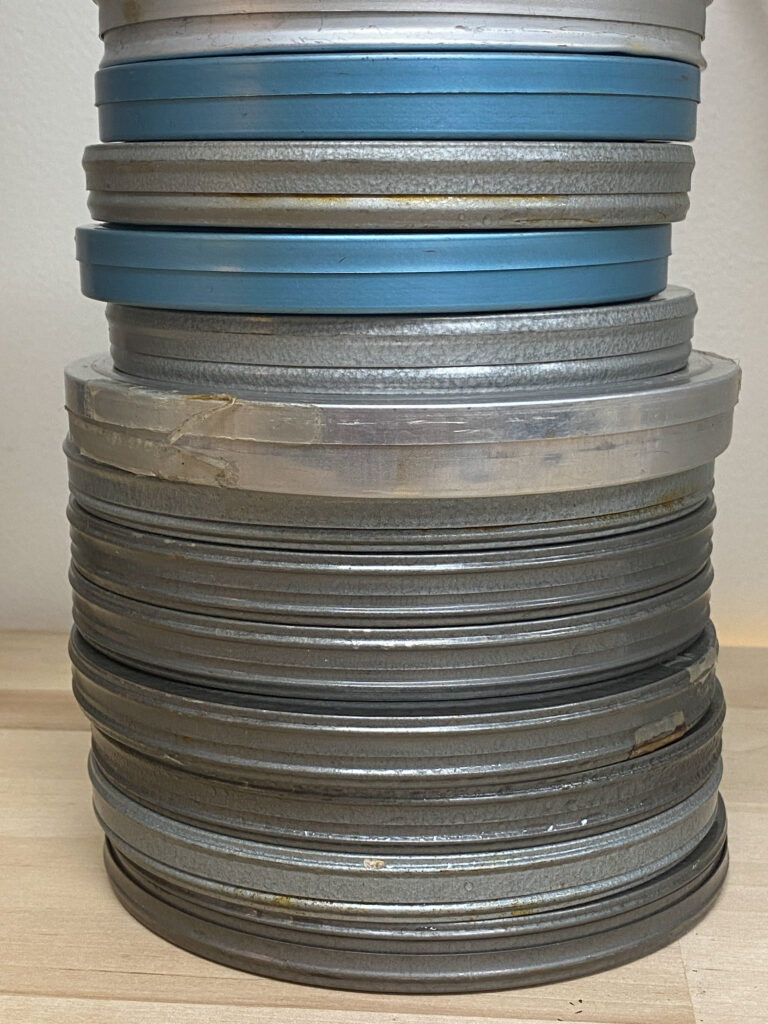
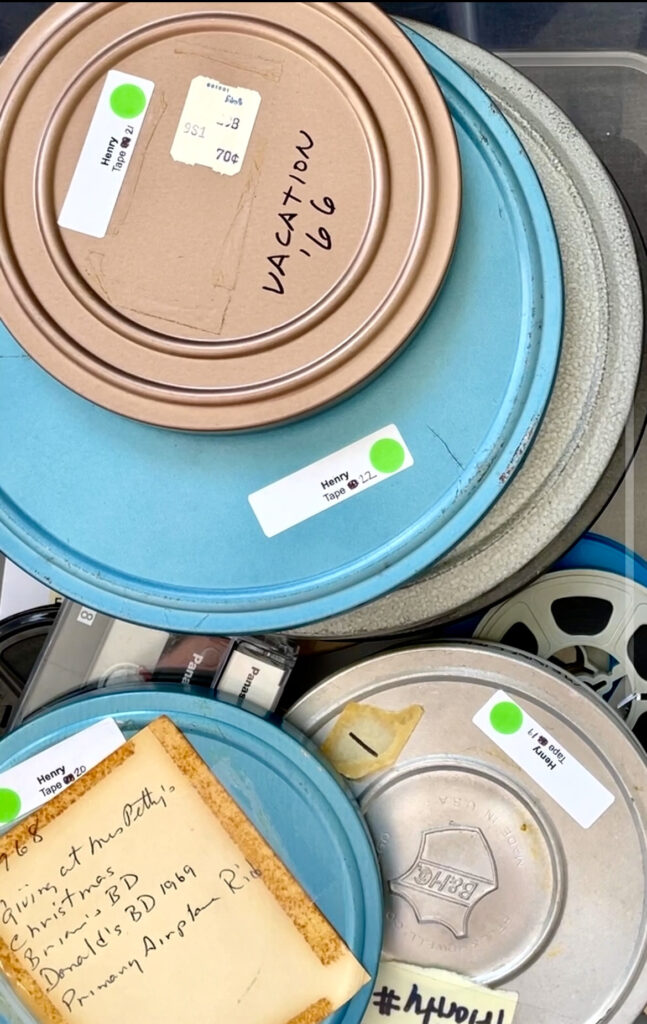
We love converting film reels for our clients and believe it’s a project worth doing once and doing it right. Learn more about how we convert film movies in this short video or on our website and let us know if we can help with your project.
Interested in working with Chaos to Memories?
If you’re near Chicago and ready to get started, come visit our Wheaton Studio Monday – Friday, 10-5. Please bring your memories with you.
Contact us for more information, shipping instructions, and to get started on your project.
